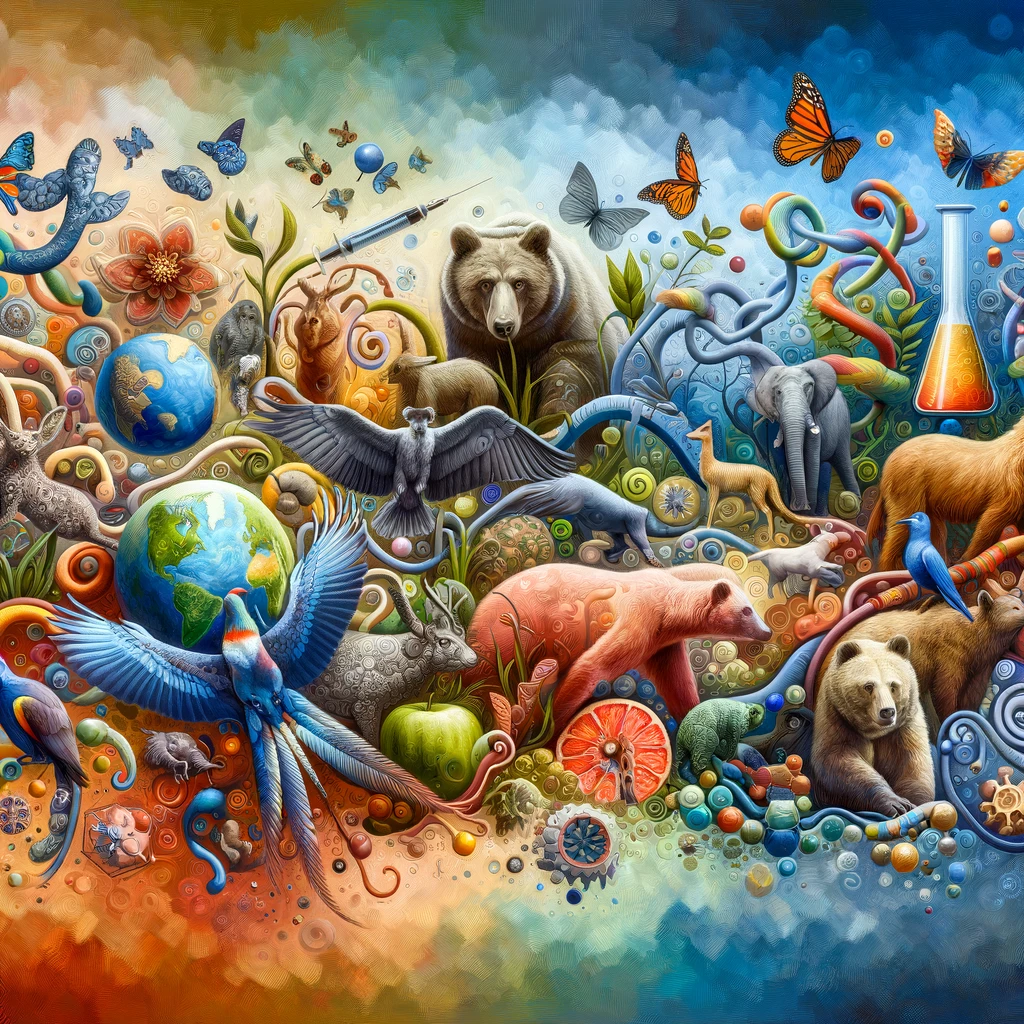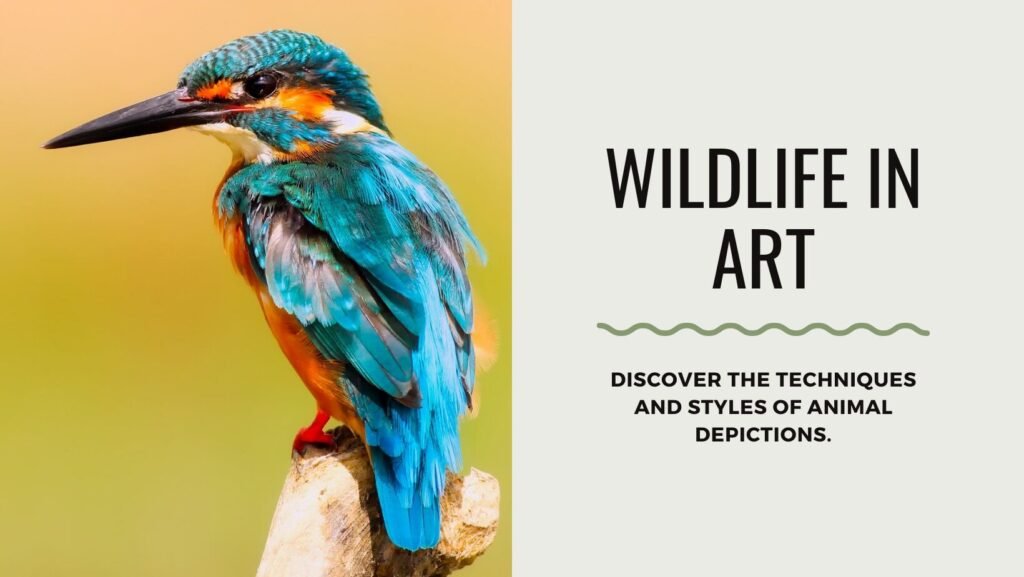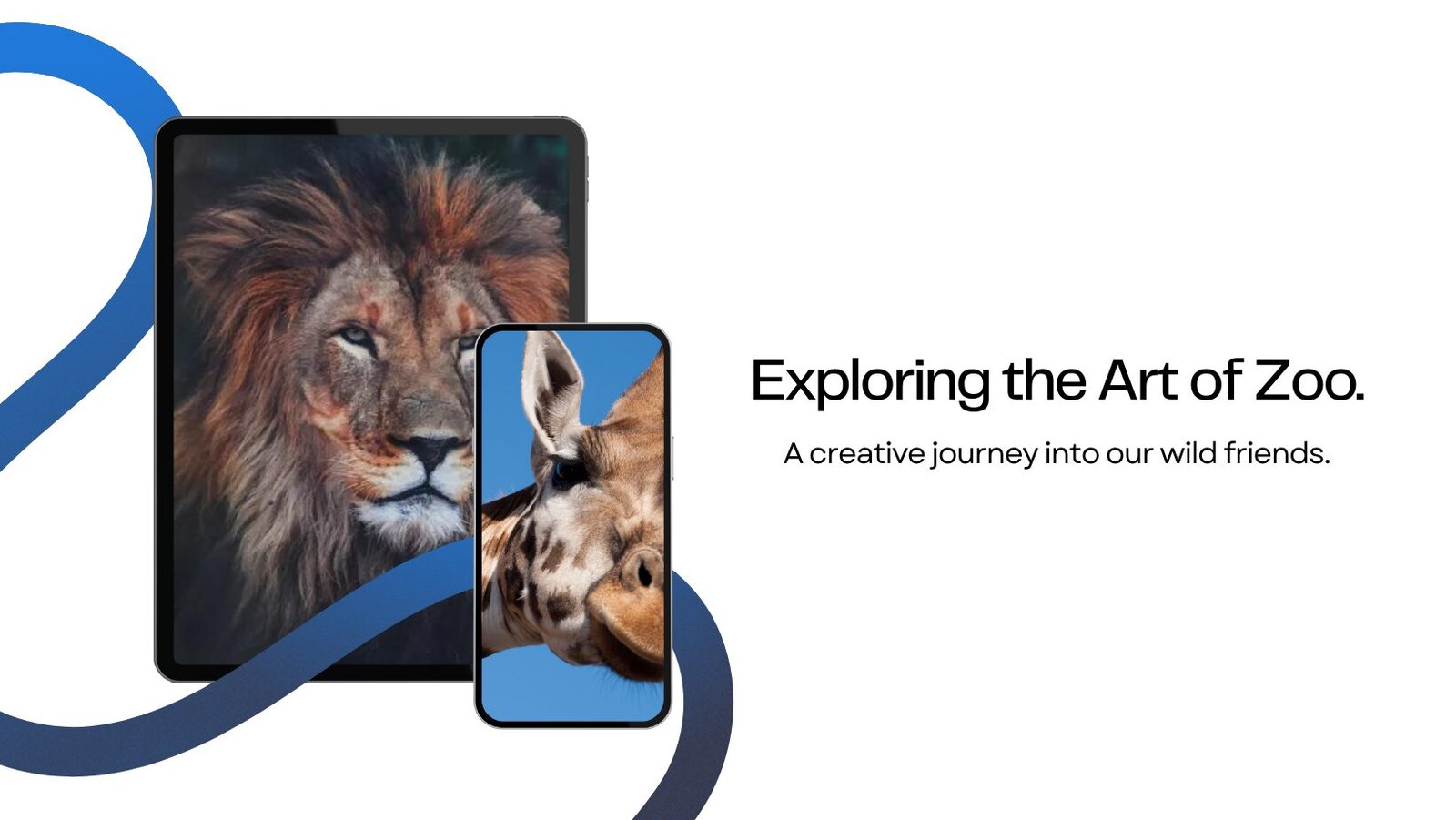Introduction
The art of zoo is a captivating realm where creativity intertwines with the natural world. Artists, inspired by the diverse fauna found in zoos, create masterpieces that resonate with both art enthusiasts and nature lovers. In this article, we embark on a journey to understand the profound connection between art and zoo animals.
The Intersection of Art and Zoology

Why do artists find solace in portraying animals? Let’s explore the reasons behind this enduring bond:
1. Symbolism and Mythology
Throughout history, animals have held symbolic significance across cultures. The lion embodies courage, the swan purity, and the owl wisdom. Artists infuse their works with these meanings, creating visual narratives that transcend mere representation.
2. Observation and Anatomy
Zoological illustrations demand meticulous observation. Artists study animals’ forms, movements, and behaviors. Whether it’s the sinuous grace of a cheetah or the intricate patterns on a butterfly’s wings, these details find expression on canvas.
3. Emotional Connection
The art of zoo captures the essence of animals—their vulnerability, strength, and playfulness. Through brushstrokes, artists convey emotions. A tiger’s soulful eyes, a giraffe’s gentle curiosity—they evoke empathy in viewers.
Also Read: 3939 Angel Number Meaning: How it influences your work, wealth, and relationships
Wildlife in Art: Techniques and Styles

Artists employ various techniques to portray zoo creatures authentically:
1. Realism
Realist artists strive for accuracy. Their detailed renderings bring animals to life. Think of John James Audubon’s lifelike bird illustrations or Carl Rungius’s majestic wildlife paintings. Realism bridges science and art.
2. Impressionism
Impressionists capture fleeting moments. In the art of zoo, they infuse light, color, and movement. Monet’s water lilies or Degas’s horses—these glimpses transport us to the heart of nature.
3. Surrealism
Surrealist artists blend reality and imagination. When animals become subjects, surrealism takes us on whimsical journeys. Salvador Dalí’s melting clocks or Max Ernst’s fantastical creatures defy convention.
Contemporary Zoo Art
In today’s digital age, artists continue to explore the art of zoo through diverse mediums:
1. Digital Illustrations
Digital artists use software to create intricate animal portraits. Their vibrant colors and intricate details breathe life into virtual creatures. Char Reed and Alberto Seveso are masters of this genre.
2. Mixed Media
Contemporary artists experiment with mixed media. Collages of animal prints, feathers, and acrylic paint form captivating compositions. These pieces celebrate biodiversity and blur the boundaries between art and nature.
3. Street Art and Murals
Urban spaces transform into zoological wonderlands. Giant murals of endangered species or whimsical animal characters adorn city walls. Street art sparks conversations about conservation and our interconnectedness with wildlife.
Conclusion: Where Imagination Roars
The art of zoo invites us to celebrate the wild. Each creation—a realistic oil painting, a graffiti mural—adds to the rich tapestry of human-animal connections. As you visit a zoo or gaze at an animal-themed artwork, remember that creativity knows no bounds—just like the animal kingdom itself.

